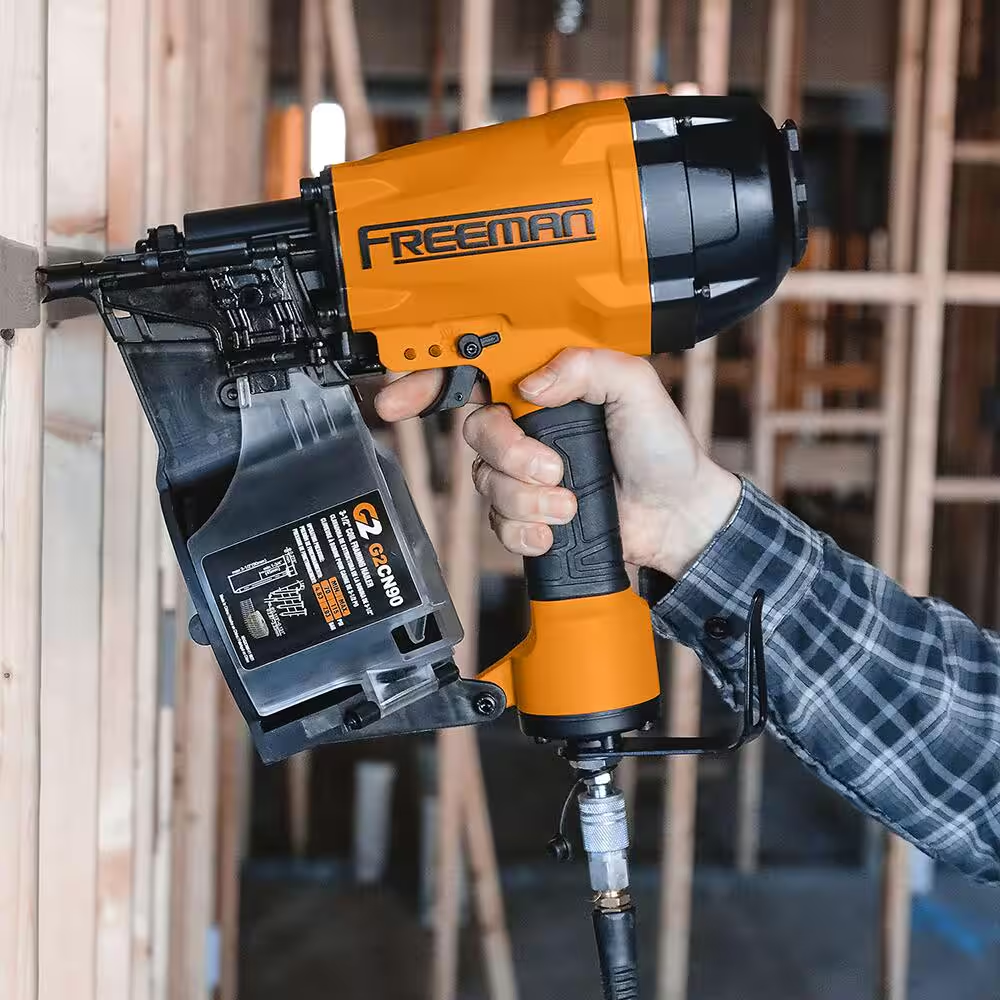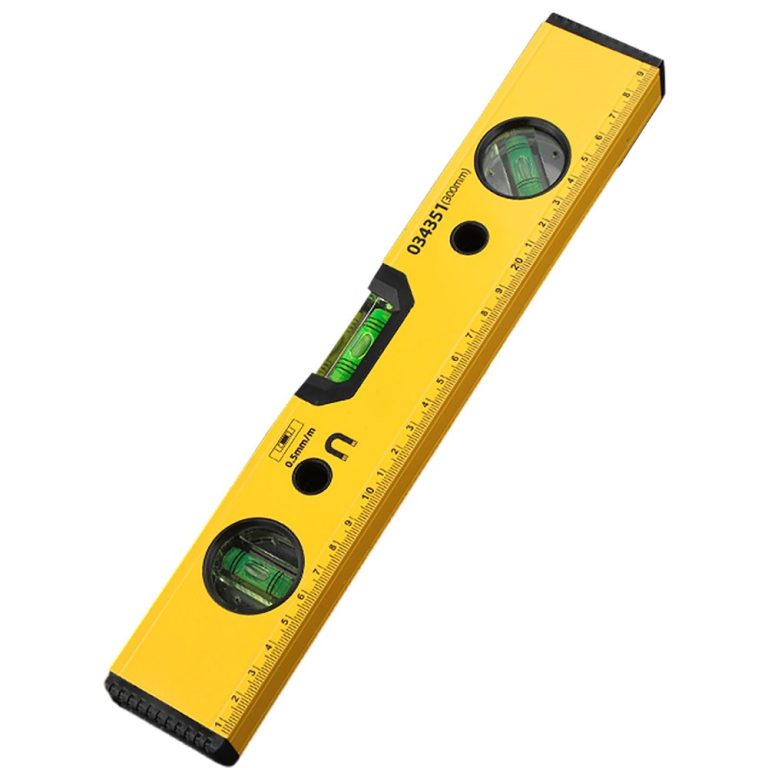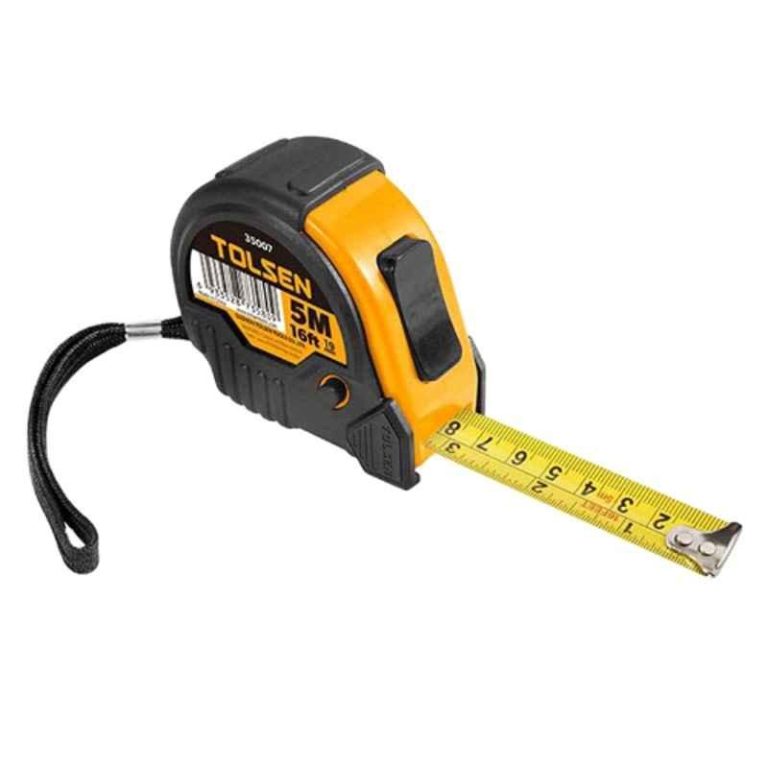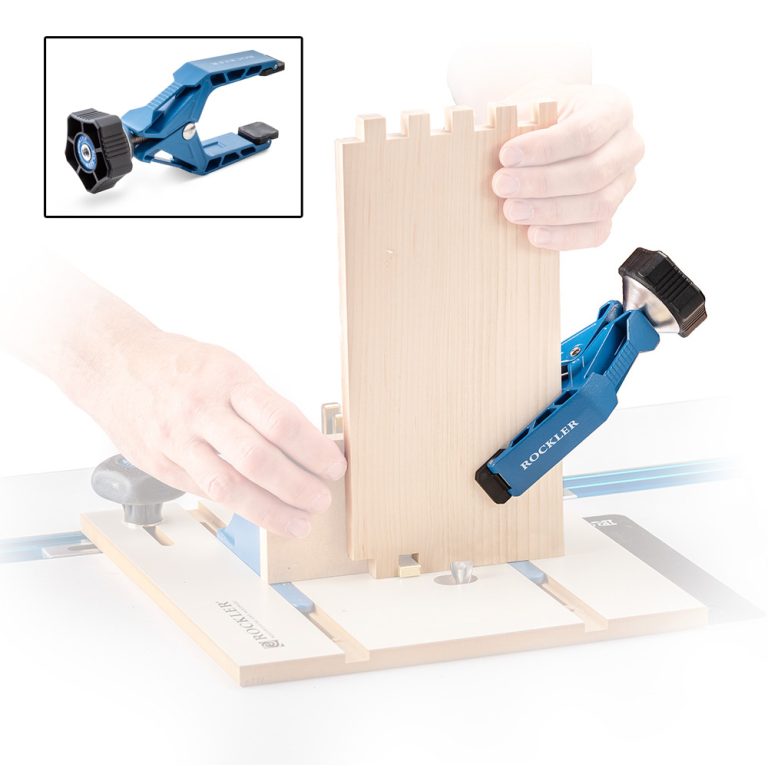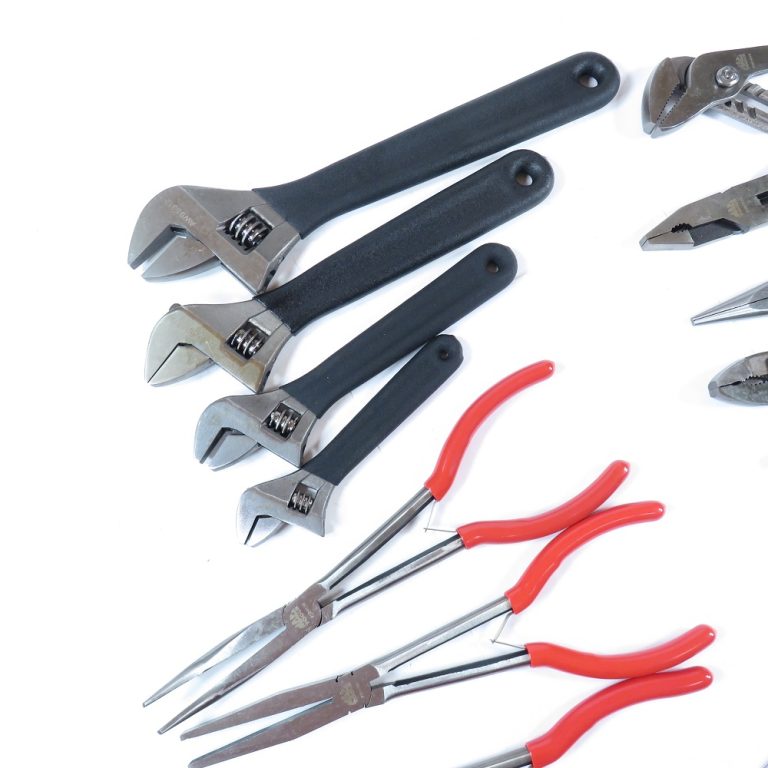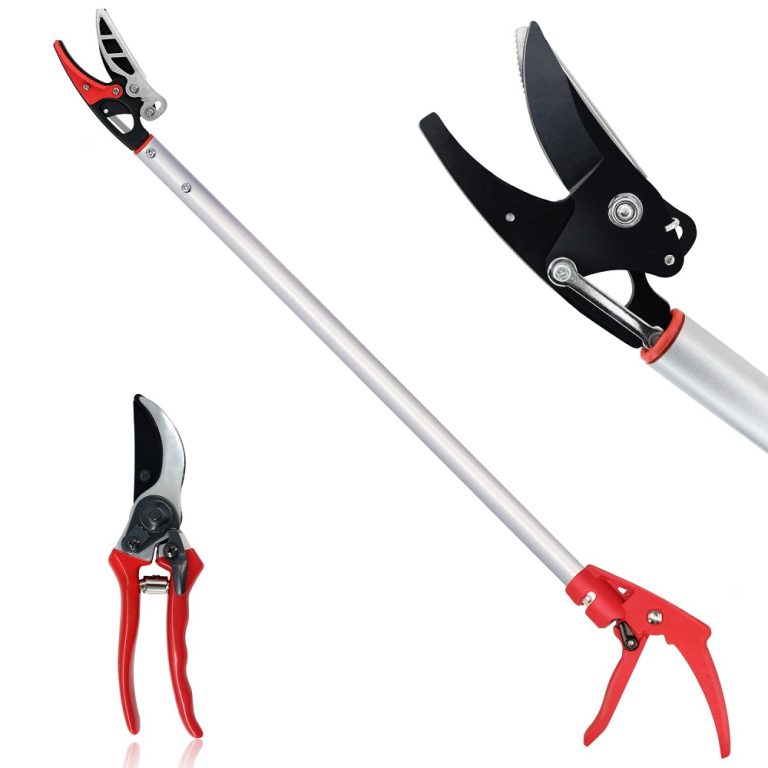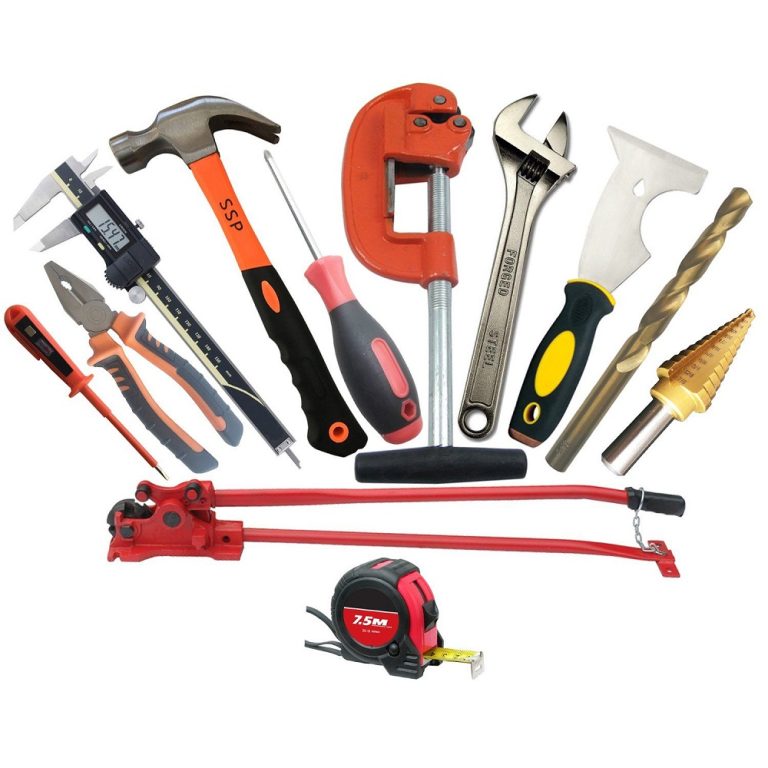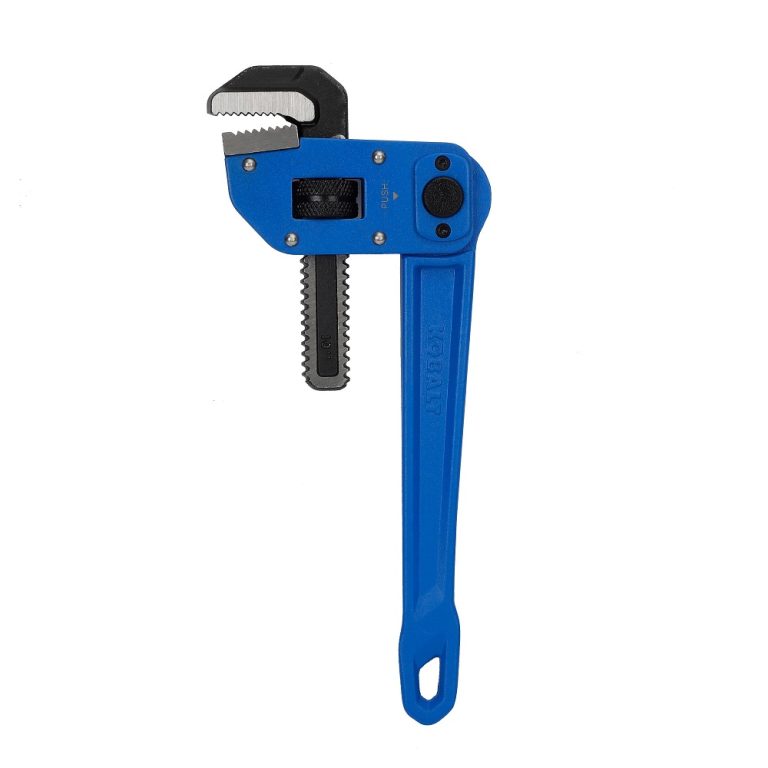Cooking at home can be an enjoyable and rewarding experience. However, having the right kitchen tools is essential for ensuring that each culinary adventure is efficient and successful. Whether you are a seasoned chef or a novice cook, the right utensils can significantly enhance your cooking experience. This article explores the essential kitchen tools that every home cook should consider, highlighting their uses and importance in the kitchen.
Must-Have Tools for Basic Cooking
Cooking at home becomes easier with the right tools. Basic kitchen tools are essential for creating delicious meals while saving time and effort. Below are the must-have tools for basic cooking, ranging from knives to cookware and everyday utensils.
Essential Knives and Cutting Tools
A good knife is indispensable in the kitchen. Start with a chef’s knife for versatile cutting tasks. Add a paring knife for peeling and fine chopping. A serrated knife is ideal for cutting bread and tomatoes. Ensure you have a sturdy cutting board to protect your surfaces. Knife sharpeners are also vital to keep blades sharp for safe and precise cutting.
Pots, Pans, and Cookware Basics
Invest in a few versatile pots and pans to cover basic cooking needs. A medium-sized saucepan is perfect for soups and sauces. A non-stick frying pan works well for eggs, pancakes, and sautéing vegetables. A large stockpot is essential for boiling pasta or making stews. Look for cookware with durable handles and even heat distribution.
Utensils for Everyday Cooking
Every kitchen needs reliable utensils to make cooking easier. A sturdy spatula is great for flipping food. Wooden spoons are useful for stirring hot dishes without damaging cookware. Tongs make it easy to handle hot items or toss salads. Whisks are perfect for mixing batters or whipping eggs. Add a ladle for soups and a slotted spoon for draining liquids. Choose tools made of heat-resistant and durable materials.

Small Appliances to Simplify Kitchen Tasks
Small appliances make cooking faster and more efficient. They help simplify tasks and save time. Below are the key small appliances every kitchen should have.
Blenders and Food Processors
Blenders are perfect for making smoothies, soups, and sauces. Look for ones with strong motors and variable speed settings. They should have dishwasher-safe parts for easy cleaning. Food processors are ideal for chopping, slicing, and shredding. Use them for kneading dough or grinding nuts. These appliances handle tough tasks quickly, reducing preparation time.
Toasters and Toaster Ovens
Toasters and toaster ovens are a must for fast breakfasts and snacks. Choose a toaster with adjustable settings for different toast levels. Toaster ovens are versatile and can heat, bake, or broil. They are ideal for small spaces and quick meals. Select one with a timer and easy-to-clean features.
Electric Mixers
Electric mixers are great for mixing batter and kneading dough perfectly. Stand mixers are best for heavy-duty tasks like baking bread. Hand mixers work well for lighter jobs, such as whipping cream or mixing batter. Pick mixers with multiple speed options for better control. Easy-to-clean designs and sturdy attachments are beneficial.

Tools for Baking Enthusiasts
Baking requires precision and the right tools to achieve perfect results. Whether you’re a beginner or an experienced baker, having specific baking tools can make a significant difference in how your creations turn out. Below are essential tools to equip your baking arsenal.
Measuring Equipment
Accurate measurements are critical for baking success. Invest in a good set of measuring cups and spoons for dry and liquid ingredients. A digital kitchen scale ensures precise measurements for flour, sugar, and other items. For temperature-sensitive recipes, a reliable oven thermometer can help maintain consistent heat. Choose tools that are durable and easy to clean.
Baking Trays and Molds
Baking trays and molds come in various sizes and types to suit different recipes. A sturdy cookie sheet is ideal for baking cookies and roasting vegetables. Muffin pans are a must for cupcakes or muffins. Round and square cake pans are versatile for cakes and desserts. Invest in non-stick or silicone molds for easy release and cleaning. Always consider the material for even heat distribution.
Specialty Baking Tools
Specialty tools elevate your baking game. A rolling pin is essential for pie crusts and pastries. Piping bags and tips allow creative decoration for cakes and cookies. A dough scraper simplifies shaping and transferring dough. Consider investing in a cooling rack to ensure baked goods cool evenly. Tools like pastry brushes and silicone mats can make baking easier and mess-free. Ensure each tool is of good quality and fits your specific baking needs.

Tools for Food Preparation and Storage
Prepping and storing food efficiently require the right tools. They save time and reduce waste. Below are essential tools for every home chef.
Cutting Boards and Chopping Blocks
Cutting boards and chopping blocks are must-haves for safe and efficient food prep. Wooden boards are durable and gentle on knives. Plastic boards are lighter and easier to sanitize. Use color-coded boards to avoid cross-contamination. Choose a sturdy, non-slip board for stable cutting.
Storage Containers and Wraps
Storage containers keep food fresh and organized. Glass containers work well for reheating and storing leftovers. Plastic containers are lightweight and budget-friendly. Stackable designs save space in the fridge. Use beeswax wraps or silicone covers as eco-friendly alternatives to plastic wrap. Label containers to track food dates.
Peelers, Graters, and Other Prep Tools
Peelers and graters make prep quicker and easier. A sharp vegetable peeler is great for peeling fruits and veggies. Box graters are versatile for cheese, chocolate, or zesting citrus. Microplanes are perfect for finer grating and zesting. Other helpful tools include garlic presses, herb strippers, and kitchen scissors. Opt for tools with ergonomic handles for comfort.
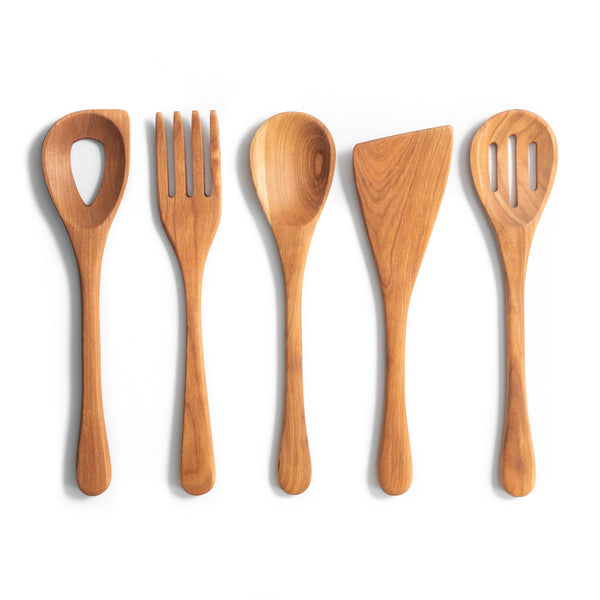
Specialty Tools for Advanced Cooking
Advanced cooking tools elevate your culinary skills. They help create unique dishes and simplify complex tasks. Below are specialty tools to consider for enhancing your kitchen experience.
Mandolins, Spiralizers, and More
Mandolins make slicing vegetables quick and precise. Choose ones with adjustable thickness settings. Spiralizers transform vegetables into fun, spiral shapes for salads or pasta alternatives. They are perfect for zucchini noodles or curly fries. Other helpful tools include julienne peelers, which create fine strips for garnishes or stir-fries. These tools boost creativity and save time in food preparation.
Pressure Cookers and Slow Cookers
Pressure cookers cook meals rapidly by trapping steam inside. They are great for stews, soups, and rice dishes. Look for models with multiple safety features and programmable settings. Slow cookers allow for long, low-temperature cooking, perfect for tender meat or flavorful chili. Choose slow cookers with timers and removable inserts for easy cleaning. Both tools simplify cooking while enhancing flavors.
Sous Vide Equipment
Sous vide equipment lets you cook food with precise temperature control. A sous vide machine circulates water to cook vacuum-sealed food evenly. Use it for perfectly tender steaks, fish, or vegetables. Look for a compact machine with a clear display and easy settings. Add sous vide vacuum seal bags for efficiency. This technique ensures restaurant-quality results every time.
Cleaning and Maintenance Tools
Keeping your kitchen tools clean and organized ensures longevity and efficiency. Proper maintenance also enhances safety. Below are essential cleaning and maintenance tools every home chef should have.
Dishwashing Tools and Sponges
Effective dishwashing tools are vital for keeping your kitchen hygienic. Choose durable sponges for cleaning pots and pans. Look for scrubbing pads to tackle stubborn stains. Use bottle brushes for cleaning narrow or hard-to-reach areas. Dishcloths are ideal for wiping down countertops and surfaces. Invest in a good dish rack for air-drying utensils and plates. Replace sponges and cloths regularly to prevent bacteria buildup.
Organizers for Drawers and Cabinets
Organizers help keep your kitchen neat and accessible. Use drawer dividers to sort utensils and tools. Adjustable shelves maximize cabinet storage for your kitchen tools. Install hooks or racks for hanging pots, pans, and measuring cups. Clear bins or stackable containers make finding items quicker and easier. Label storage compartments to maintain order and save time.
Knife Sharpeners and Maintenance Kits
Sharp knives improve efficiency and safety in cooking. A knife sharpener is essential for maintaining your blades. Choose manual or electric sharpeners based on your preference. Honing rods help realign knife edges for consistent performance. A quality maintenance kit may include cleaning oils and edge guards. Store knives properly, using blocks or magnetic strips, to keep them in top condition. Regular sharpening reduces wear and extends the life of your knives.

Choosing Quality Kitchen Tools on a Budget
Equipping your kitchen with the right tools doesn’t have to strain your wallet. By making informed decisions, you can find durable, cost-effective tools that fit your needs. Below are tips for choosing affordable kitchen tools without compromising on quality.
Features to Look for in Durable Tools
Prioritize kitchen tools with solid construction and dependable performance. Here are key features to examine:
- Material Quality: Opt for stainless steel or durable silicone for long-lasting tools.
- Ergonomic Design: Comfortable handles reduce strain during use.
- Safety Features: Anti-slip grips and sturdy bases enhance safe usage.
- Easy Maintenance: Choose tools that are dishwasher-safe and simple to clean.
- Brand Reliability: Trusted brands often deliver consistent quality and better warranties.
Budget-Friendly Options for Beginners
For those just starting to cook, budget-friendly tools are perfect. Consider these practical options:
- Starter Sets: Purchase bundled sets that include essential tools like knives and utensils.
- Multi-Purpose Tools: Items like combo peelers or 2-in-1 graters save money and space.
- Affordable Materials: Plastic and aluminum tools are cost-effective for light use.
- Second-Hand Tools: Pre-owned items, like cutting boards, can offer great savings.
- Store Sales: Look for discounts at kitchen stores or online marketplaces to find deals.
When to Spend on Premium Tools
Sometimes, investing in premium tools is worth it for better results and durability. Here’s when to splurge:
- Frequent Use: Buy high-quality tools like chef’s knives if you cook daily.
- Specialty Tools: Go premium for items like mixers or food processors for reliability and performance.
- Durability: Spend more on long-lasting tools that minimize replacement costs.
- Complex Recipes: Advanced cooking may require precision tools like sous vide equipment.
- Safety Assurance: Premium tools often come with superior safety features and warranties.
Choosing the best kitchen tools on a budget requires balance. Focus on durable essentials and invest selectively in high-use items. By shopping wisely, you can create a cost-effective kitchen without sacrificing quality.
Building a Well-Rounded Toolkit
Assessing Your Cooking Style
Before expanding your toolkit, consider your cooking style and preferences. Are you drawn to quick weeknight meals, or do you enjoy more intricate culinary projects? Evaluating your style of cooking will help you identify the tools that will best support your needs. This assessment will also ensure that your kitchen remains organized and functional without overcrowding it with unnecessary items.
Prioritizing Essential Items
Building a kitchen toolkit can be daunting; however, prioritizing essential items is key. Focus on acquiring the tools you use most often and those that truly enhance your cooking experience. Aim to establish a solid foundation with high-quality must-haves, which can always be expanded later as your skills evolve and your cooking repertoire grows.
Continuous Learning
Becoming proficient in the kitchen involves continuous learning and adaptation. As you gather new tools and experiment with various tasks, be open to developing new skills. Attend cooking classes, watch online tutorials, or read cookbooks to learn techniques that make the most of your kitchen tools. This commitment to learning will not only enhance your culinary skills but also allow you to enjoy the satisfaction of mastering new recipes.
Conclusion
A well-equipped kitchen is essential for anyone who enjoys cooking, be it professionally or as a hobby. Hand-selected kitchen tools can enhance your efficiency, increase safety, and encourage creativity in the kitchen. By investing in essential kitchen tools, understanding their uses, and implementing proper care, you can create a toolkit that supports all your culinary endeavors.
From the basic tools like a good chef’s knife and sturdy cutting board to more specialized items like food processors and baking essentials, every tool has its place in the kitchen. Each piece should reflect your cooking style and personal preferences. Pay attention to quality as you build your collection, as durable items will serve you well for years to come.
Embrace the journey of cooking and equip yourself with the right tools to experience the joy of creating delicious meals. With the proper kitchen tools in hand, you can approach every recipe with confidence, enhance your love for culinary arts, and enjoy the countless rewards that come with home-cooked meals. So, take the time to build your ultimate toolkit, and let your culinary adventures begin!

